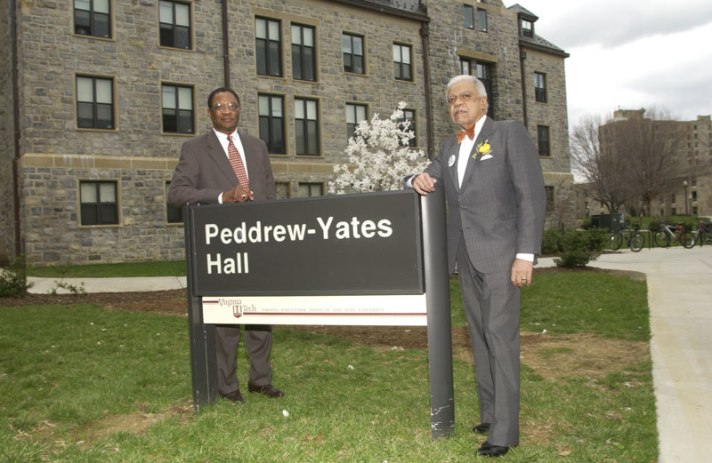
The beginning of the fall semester and the nearly overnight return to a bustling and lively campus provides a good opportunity to reflect on the essential thing that we do, which is to educate. Student works are common discoveries in the collections that form the International Archive of Women in Architecture (IAWA) and can tell us either about an architect’s own practice or their methods of classroom instruction. This post will focus on the former, with an eye to the role that archival collections can play in examining design sensibilities within the context of a developing architectural practice.

One of the most profound ways to understand the progression of the aesthetic sensibilities of a creative professional is to examine their works (including inspirational materials, writing, and sketches) across their career. Looking at materials that span years—or even decades—offers a glimpse into how their style evolved, was refined, stayed constant, or in some cases shifted radically. With architects it is possible to trace the development not only of their design considerations, but also the changes in drawing techniques, enhanced observational skills, and a deeper understanding of spaces. It is often possible to see how they refine and expand their understanding of the outer world, visual culture, and the impact of spaces on the people who inhabit them.

The Exhibition Hall—Variable—Transportable project was completed by Dorothee Stelzer King while she was an architecture student at the Hochschule fur Bildende Kunste in Berlin, Germany. Completed the same year that she received her degree, the project was based on a first-year design exercise involving the enlargement of a simple shape to create a complex design without adding extra material to the final structure.





The Dorothee Stelzer King collection also contains works that the architect completed at various points during her professional career, allowing researchers to study the progression of her designs over time. The series of concept drawings and plans for the Bahamas Nursing School in Nassau, Bahamas, shows King’s attention to understanding how educational spaces and their inhabitants interact. While the drawings show a move away from the more experimental design work seen in Exhibition Hall—Variable—Transportable, they showcase a greater understanding of the practical nature of educational facilities and the importance of proper acoustics, seating, structural elements, and paths of movement through interior spaces.




Many other student and professional design projects and records can be accessed in the Special Collections Reading Room at Virginia Tech. The finding aid for the Dorothee Stelzer King Architectural Collection can be viewed online at Virginia Heritage. The collection is currently being digitized with funding from the Council on Library and Information Resources (CLIR) and will be available in full through the Virginia Tech digital library.



















